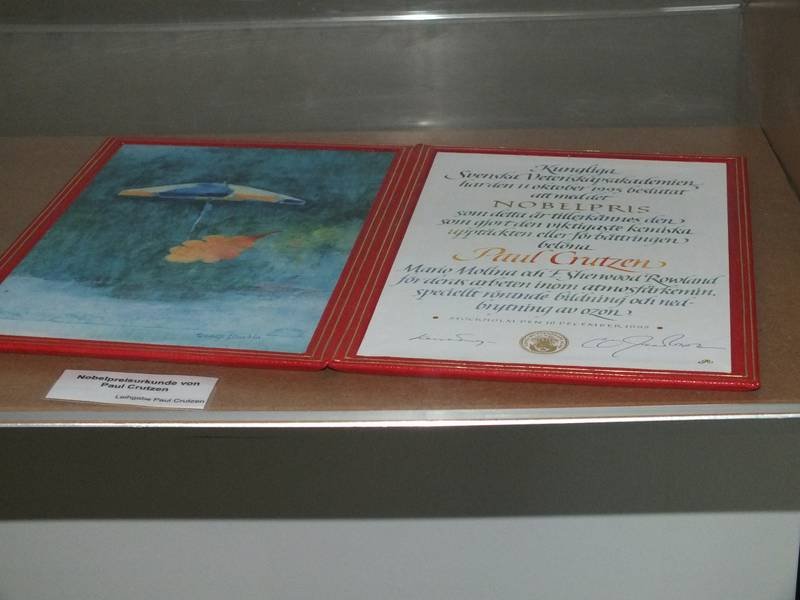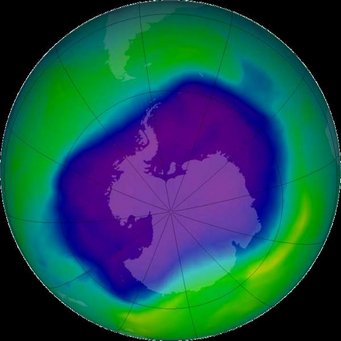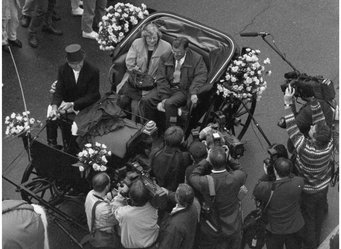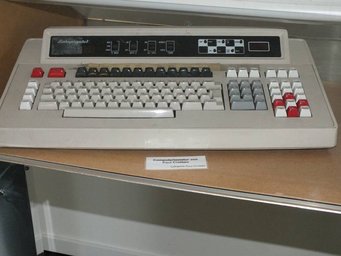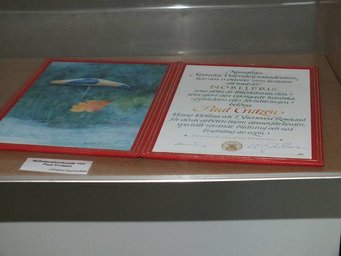The Ozone Hole
Station 10
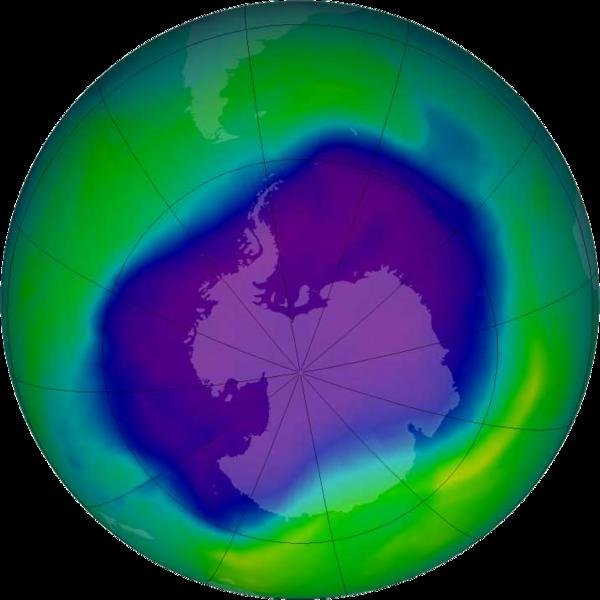
In the 1980s it was discovered that the protective ozone layer over the North and South poles was becoming progressively thinner, thus allowing more and more harmful UV radia-tion to reach the Earth’s surface. This saw the emergence of the term ‘ozone hole’. Chemists Mario J. Molina and Frank Sherwood Rowland had already warned of the negative impact of chlorofluorocarbons released by humans on the ozone layer. Paul J. Crutzen explained the influence of polar stratospheric clouds in the formation of the ozone hole. Three scientists were awarded the Nobel Prize for Chemistry for this work in 1995.
Chlorofluorocarbons (CFCs) used in spray cans and refrigerants are the main contributors to the ozone hole. They accumulate in the stratosphere and cannot be broken down due to temperature and airflow conditions. The light from the sun produces radicals that damage the ozone molecules.
As well as numerous scientific awards, the discovery by Molina, Rowland and Crutzen had political consequences. 1987 saw the signing of the Montreal Protocol for the protection of the ozone layer. The global environmental agreement contributed significantly to the replacement of ozone-depleting CFCs with other substances and to the slow recovery of the ozone layer.
The third Nobel Prize
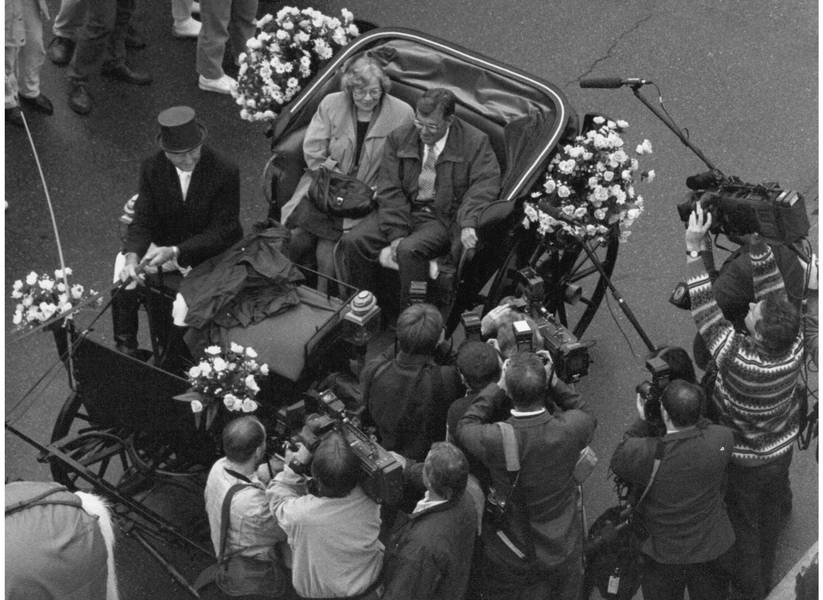
Paul J. Crutzen succeeded Christian Junge as head of the Department of Atmospheric Chemistry at the MPI for Chemistry in 1980. He started his scientific career at the age of 25 as a programmer at the Meteorological Institute of the University of Stockholm. The Institute’s measurement campaigns brought him into contact with early meteorological models. As a research associate, he increasingly worked on the photochemistry of atmospheric ozone.
In the 1980s, Paul Crutzen studied the influence of ice particles in polar stratospheric clouds on ozone depletion. His explanation: On the surface of these particles, chlorine and bromine become highly reactive, catalytically active forms that subsequently destroy ozone molecules.
In 1995, Paul Crutzen and his colleagues Mario Molina and Sherwood Rowland receive the Nobel Prize in Chemistry.
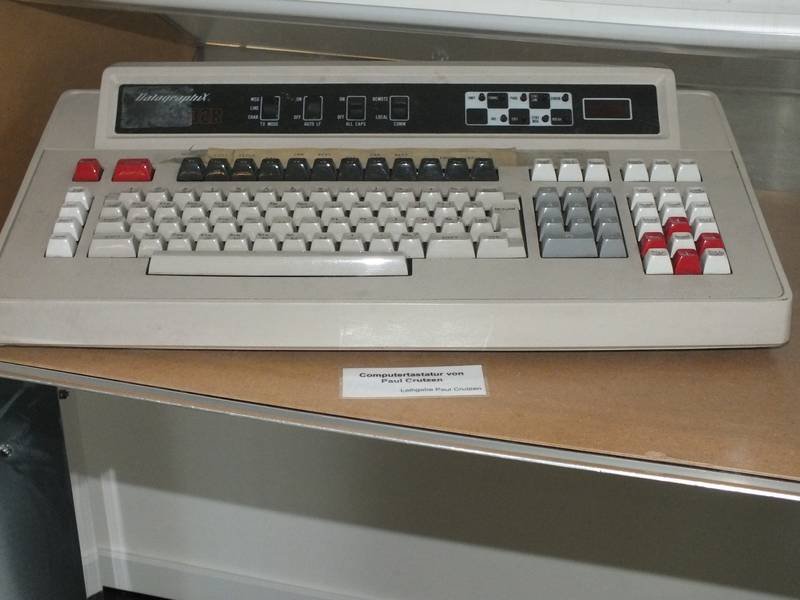
In 2012, Paul Crutzen wrote about his discovery:
„We were all flabbergasted and it took time to explain it scientifically. At the same time it clearly had a life-threatening dimension for humankind on earth. It was clear that something had to be done, and in the 1980s the CFC gases were banned from production. Nevertheless it will take several years to heal the ozone hole. The question now is: are we able to counter the effects of the other greenhouse gases released by human activities?”
